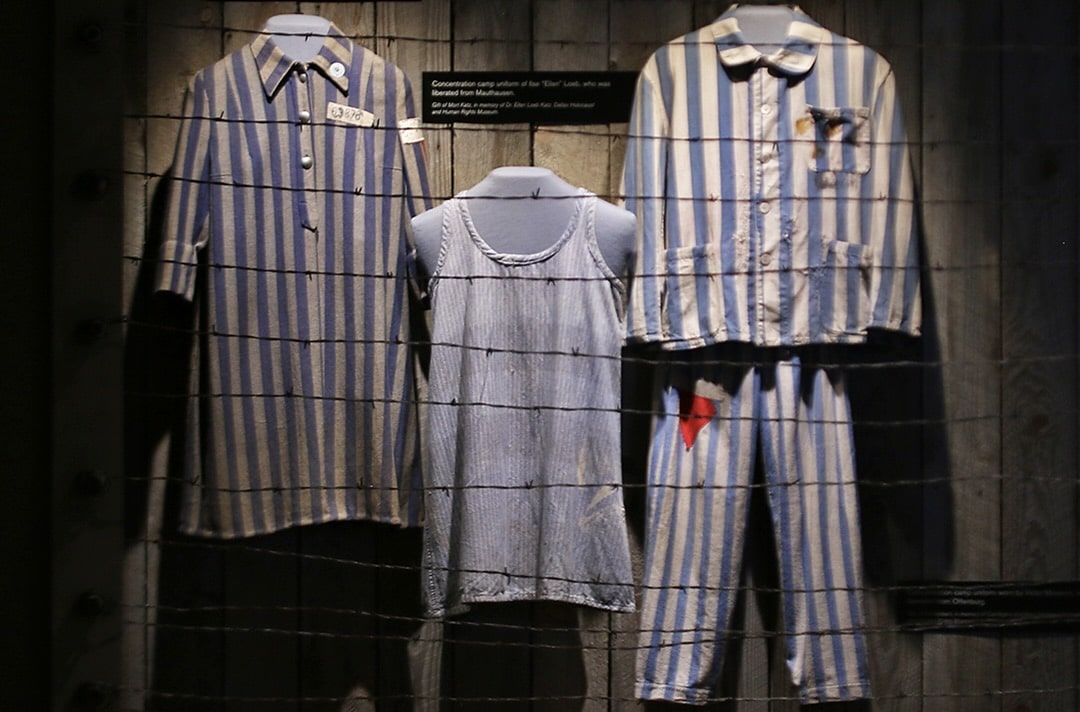Current Special Exhibition
Black Citizenship in the Age of Jim Crow
On view July 20 - December 31, 2023
Black Citizenship in the Age of Jim Crow explores the struggle for full citizenship and racial equality that unfolded in the 50 years after the Civil War.
By 1868, slavery was abolished and all persons born in the United States were citizens and equal before the law, but efforts to create an interracial democracy were contested from the start. A harsh backlash ensued, ushering in the “separate but equal” age of Jim Crow when a system of second-class citizenship and racial segregation was put in place across the nation. The exhibition takes visitors on a journey from the end of the Civil War to the end of World War I and examines how African Americans advocated for their rights. Art, artifacts, photographs, and media illustrate these transformative decades in American history and their continuing relevance today. Exhibition highlights include:
- Portrait of Dred Scott (ca. 1857), a Missouri slave who sued for his freedom and lost after the U.S. Supreme Court ruled that no Black person, free or enslaved, could ever be a U.S. citizen;
- Slave shackles (1866), cut from the ankles of 17-year-old Mary Horn, who was held captive even after slavery was abolished the year before, until her fiancé asked for help from a Union soldier who removed the chains and married the couple;
- Uncle Ned’s School (1866), a sculpture by artist John Rogers depicting an improvised classroom created by African Americans during Reconstruction;
- World War I toy soldier diorama featuring African American troops in the 369th Infantry Regiment known as the “Harlem Hellfighters”; and
- Maquette for artist Kara Walker’s Katastwóf Karavan (2017), a 2018 public sculpture installed at Algiers Point, New Orleans, featuring provocative silhouettes that depict slavery and racial stereotypes.
Black Citizenship in the Age of Jim Crow concludes with an exploration of Black military service during World War I and the struggle for equality in the decades to follow. The passage of the 1964 Civil Rights Act and 1965 Voting Rights Act, the most significant civil rights bills since Reconstruction, signaled the end of legalized Jim Crow, though the struggle for full citizenship continued.
Special Exhibition Programs:
Tuesday, December 12 - Remembering Black Wall Street: The Tulsa Race Massacre
Experience the Special Exhibition Virtually!
Click below to view Black Citizenship in the Age of Jim Crow.

An Immersive, Interactive Journey Unlike Any Other
Please join us for a visit. Unforgettable doesn't begin to describe the experience.














